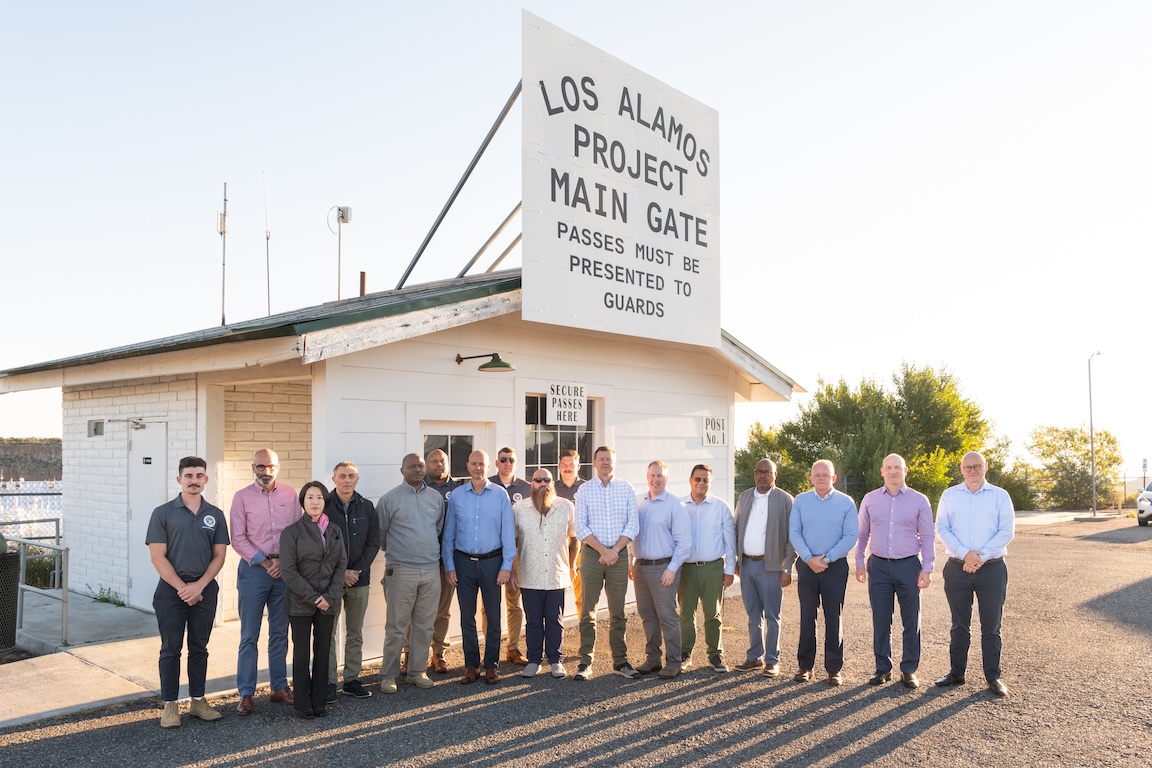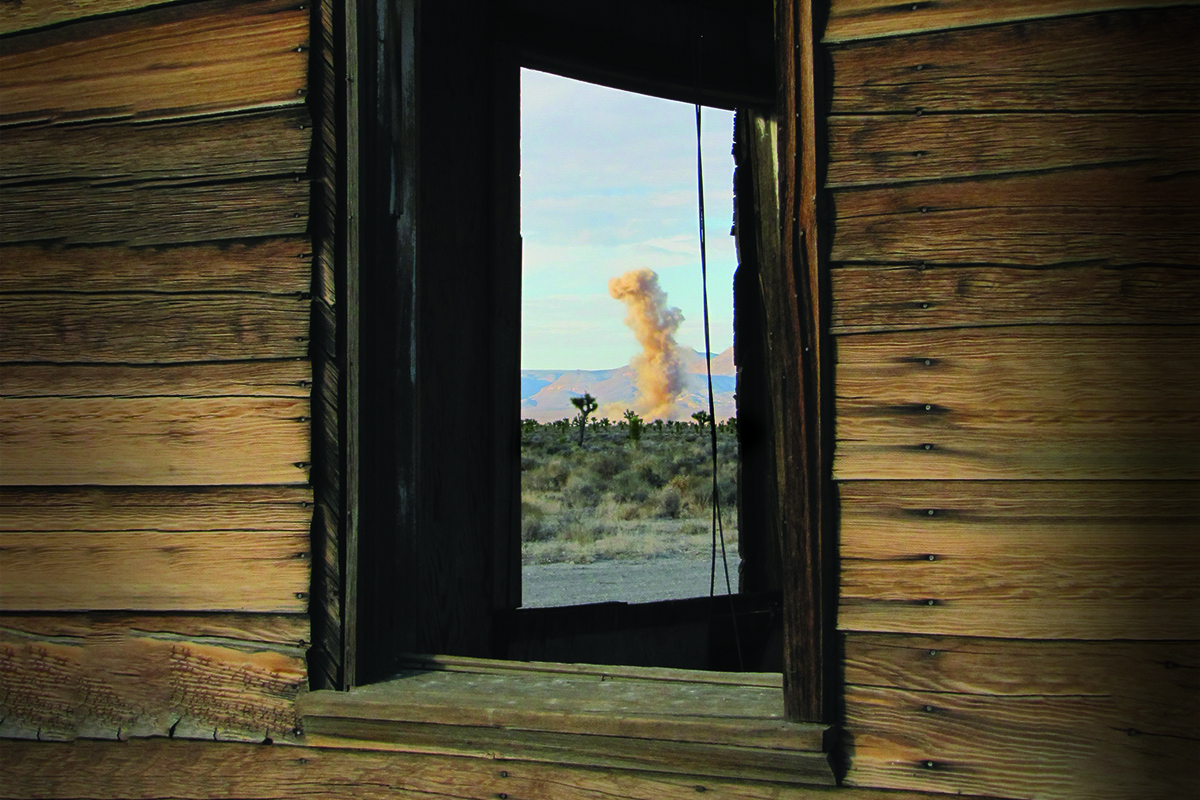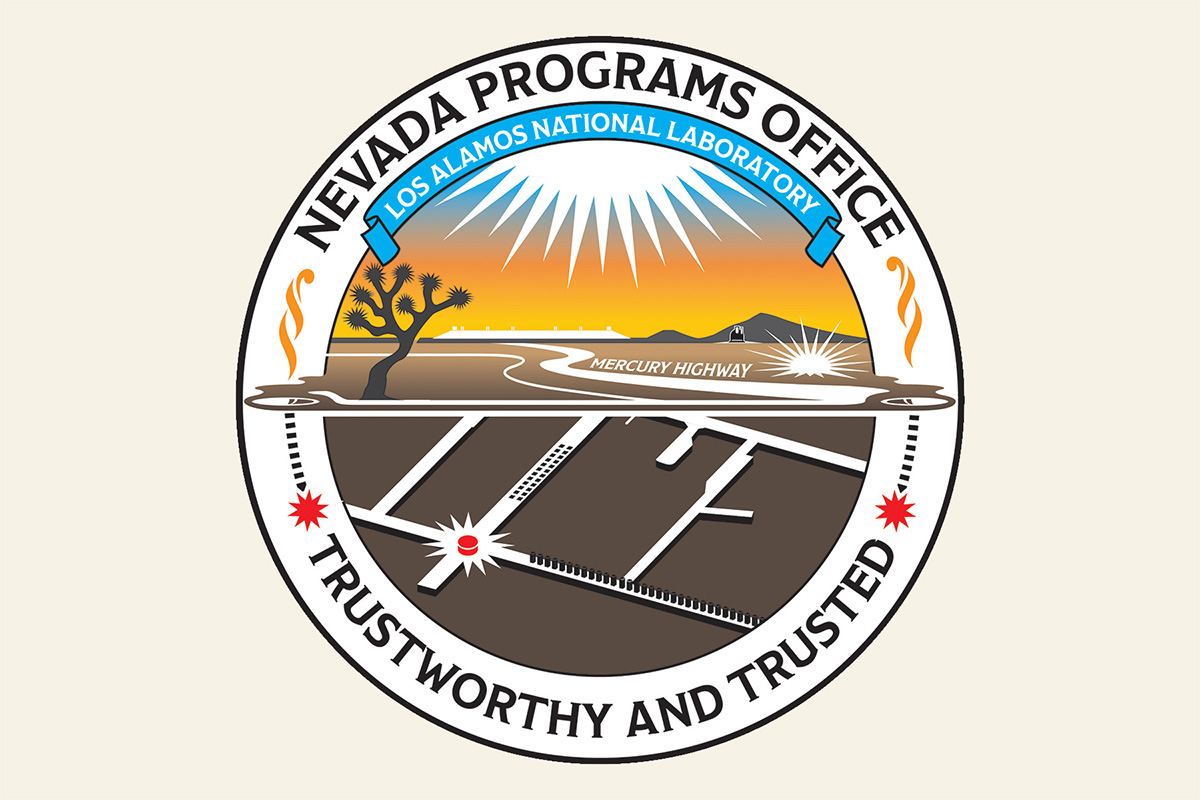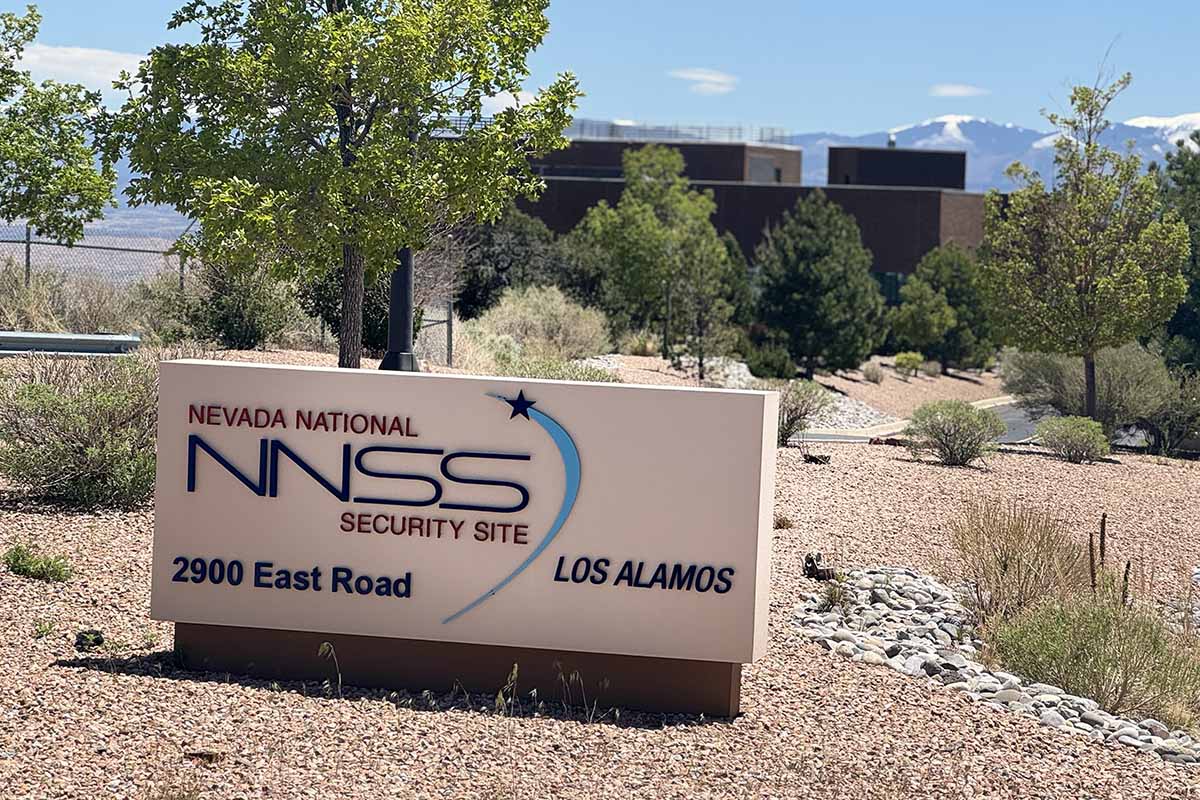Defense attachés visit the Laboratory
Nearly 30 foreign military officers attended the Los Alamos Defense Attaché Orientation Program.
- Whitney Spivey, Editor

On September 8, 2025, Los Alamos National Laboratory’s Center for National Security and International Studies hosted 31 foreign defense attachés and 10 staff members from the Defense Intelligence Agency (DIA). The event was part of the Defense Attaché Orientation Program and marked the first time the program has visited a U.S. national laboratory. The purpose of the unclassified visit was to highlight the Laboratory’s core missions—nuclear deterrence, global security, and space science and technology.
“Deterrence continues to be the cornerstone of U.S. policy—that has not changed and will not change,” Steve Cambone, director of the Lab’s Strategic Assessment and System Analysis Office, told the cohort. “The work we do is essential to maintaining the deterrent to ensure the policy of deterrence is credible.”
Defense attachés are military diplomats—typically high-ranking officers—stationed abroad as liaisons between their host countries and their own defense establishments. Members of this attaché cohort hailed from 29 countries and are currently based in Washington, D.C. with the DIA.
Deputy Laboratory Director for Science, Technology, and Engineering Pat Fitch kicked off the briefings with a Lab overview. He emphasized how imperative the Laboratory’s work is in the current geopolitical environment.
“If there is a single word to describe this year, it’s urgency,” Fitch said. “Whether it’s operations, mission, or science work, we are trying to go faster.” As an example, Fitch mentioned applying artificial intelligence to a fracture analysis code. “We used AI tools and sped up the code by a factor of 10,000,” he said. “We lost some resolution, but we can do 10,000 simulations in the time it took to do one, and that’s a huge advantage.”
In something of a full-circle moment, Cambone began his “Deterrence in a Challenging World” briefing by explaining that when he was the undersecretary of defense for intelligence in the early 2000s, the U.S. defense attachés reported to him.
“Allies and partners have been and will continue to be important to deterrence policy in the United States,” Cambone said. “We are all better off if the world works in a certain way. To have friendships and partners in building and defending that world is important.” ★








